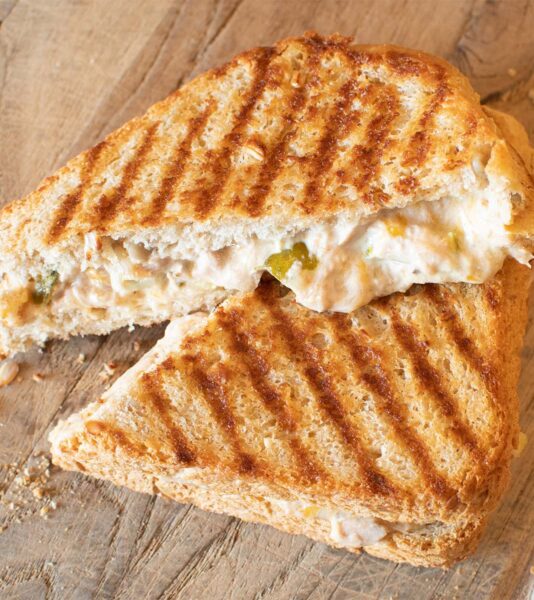May is National Asthma and Allergy Awareness Month, which directs our focus to the 20 million people in the U.S. who have food allergies. Here is a closer look at foodservice management practices that can help keep guests with allergies safe.
Common food allergens
The FDA identifies nine foods that are most commonly associated with food allergy: milk, eggs, fish, crustacean shellfish, tree nuts, peanuts, wheat, soybeans, and sesame. In food allergy, the body’s immune system reacts to certain proteins found in foods (allergens), causing a reaction.
Symptoms of an allergic reaction to food can be mild or severe, says the FDA. They can include hives, rash, tingling in the mouth, swelling of the face, tongue, lips, or throat; vomiting; diarrhea; abdominal cramps; coughing or wheezing; dizziness and/or lightheadedness.
In rare cases, an allergic reaction to food can cause a fast-moving and serious reaction called anaphylaxis. Symptoms may include swelling of the throat and vocal cords, difficulty breathing, dizziness, and/or or loss of consciousness. This condition is a medical emergency (Medline Plus); without treatment, it can be fatal.
Menu ingredients
How can foodservice managers help protect guests from the risks of food allergy? The CDC says that one in three allergic reactions to food occurs in a restaurant. This is why a comprehensive plan to address the risks is recommended.
The CDC recommends that foodservice establishments keep ingredient lists readily available for all menu items. This makes it easier to help guests with questions to manage their food allergies. For example, a guest may not know that a Caesar salad dressing may contain anchovies (fish), or that mayonnaise may contain eggs. Items that contain common food allergens should also be identified as such on the menu.
Foodservice operations that package, label, and offer products for sale should be aware that the Food Allergen Labeling and Consumer Protection Act (FALPCA) of 2004 applies. This law was developed to help consumers with food allergy identify problem foods through the food label.
Foodservice best practices
A variety of best practices are essential to allergen safety. One key idea is to “Use separate equipment and areas to prepare and cook meals for customers with food allergies,” says the CDC. “If a separate cooking or preparation area is not available, the person cooking should thoroughly clean and sanitize surfaces and equipment before preparing food for customers with allergies.”
Foodservice workers need to wash hands after touching a food that contains a common allergen before moving on to the next prep task. These practices help prevent cross-contact, which is the unintentional introduction of allergens into foods through food handling.
Foodservice training
The CDC and FDA both emphasize the value of staff training about food allergies. This can include making sure staff know how to identify common food allergens and the risks involved; how to identify and label allergens; how to recognize and respond to symptoms of food allergy; and how to prevent cross-contact.
The Food Allergy Research & Education (FARE) website provides a downloadable poster for staff education, available in multiple languages. It also provides a cross-contact tip sheet and Tips for Avoiding Food Allergens, which lists of ingredients to know for each major allergen.
A common misconception about food allergy, says FARE, is that cooking food will remove allergens; it will not. Another is that small amounts of a food allergen will be safe for a person who is allergic to that food. Often, this is not true; even small amounts of an allergen can cause a life-threatening reaction in a sensitive individual.
Peanut allergy is “one of the most common food allergies,” says FARE. About 2% of children are allergic to peanuts. Some can even be sensitive to skin contact with peanuts or breathing peanut allergens in the air.
Children who are allergic to egg or wheat often outgrow these allergies. When it comes to seafood, is a person who is allergic to shellfish (like shrimp or crab) also allergic to finned fish? The answer is no; they are separate allergens, explains FARE.
Learning about food allergy is important for anyone working in foodservice. A foodservice manager can take the lead by establishing protective policies and procedures and training staff on safe food handling practices. May is a perfect time to review your practices and build staff knowledge.








